Ancient civilisations before our era used plant distillates, or floral waters, for medicinal and cosmetic purposes. Women's interest in learning this knowledge was due to the deep knowledge of alchemy of the Egyptian ruler Cleopatra and other high-ranking women. In ancient Greece, these perfumes were used both for festivals and funeral rites. For the Greeks, the most popular plants were roses, frankincense and marjoram. After the conquest of Greece, knowledge of herbal perfumes became widely popular in Rome. Ancient Rome became famous for its baths, and the Romans used plant essences to perfume the body, hair and even the bed. Around 1000 AD, the famous Persian alchemist and physician Avicenna discovered steam distillation as a method of extracting essential oils and, thanks to this, Arabian perfumes, rosewater and essential oils became very popular.
Also known as hydrolate or hydrosol, it is produced by the distillation process mentioned above: boiling the plant in water produces a fragrant vapour containing all the essential substances of the plant, which evaporate with the water as it boils. This steam is collected and cooled to produce a fragrant floral water that can be used in cosmetics. The uses are wide-ranging: as a facial tonic to balance the pH of the skin after washing, as a cleanser for the face and as a refreshing water for the face and body, including the legs and feet. It can also be used as a make-up remover, by wiping the face with a damp cotton pad, or by spritzing the face and décolleté area and then wiping with a napkin or towel. Ointments can be added to the bath, foot bath or baby bath, added to steam inhalations and used as compresses, to care for sore, reddened skin and wounds (also for pets). There is also a wide range of uses for floral waters or hydrolates in the home, as they are a natural alternative to chemical air fresheners - for scenting rooms and cupboards, in fragrance lamps and diffusers, also for ironing clothes, for cleaning and refreshing the fridge, car or toilet. As air fresheners, floral waters do not have a strong scent and are unobtrusive but effective.
The most popular floral waters in the world are rose water and lavender water, which are by-products of the extraction process of the respective essential oils. Although a very large quantity of these floral waters is imported from abroad, in Latvia we can also obtain and use so many fragrant and medicinal plants - mint, roses, lilacs, chamomile, violets, yarrow, lavender. Berries and fruits also make wonderful hydrolates, such as quince and sea buckthorn.
Green Wing's range of ointment waters has been developed over 5 years specifically for different skin types. For example, quince and peppermint are suitable for oily skin, while apple blossom or sea buckthorn for dry and sensitive skin. For problematic skin, evening primrose and chamomile are recommended, while all skin types will like rose, lavender or wild raspberry. But the main criterion is the nose. If you like the smell of the salve, you will have no doubts about using it and will want to take it with you everywhere. Green Wing also has a range of ointment blends for hair - Hair Power for dry hair and Hair Power for oily hair, as well as an ointment blend to refresh feet and legs - Foot Tonic.
A nice added bonus of using floral water is its gentle effect on the psycho-emotional state. Because they affect our psyche, fragrances can help us to organise our thoughts, make decisions, concentrate and learn, mobilise our energies, calm our nerves, improve our memory and performance, create a festive mood or give us a feeling of home in a strange place. The use of floral waters for this purpose is considered to be the ‘little sister’ of aromatherapy, or a gentler version of the use of essential oils. Often ladies choose to use an invigorating tonic in the morning (peppermint, quince) and a calming one in the evening (evening primrose, lavender).
You can also make a small amount of the salve at home. At this time of autumn, it is still possible to pick a handful of yarrow, clover or marigold, or to use autumn fruits such as apples, sea buckthorn or quince. If you want to make your own flower water at home, here is a how-to video on the Green Wing website.
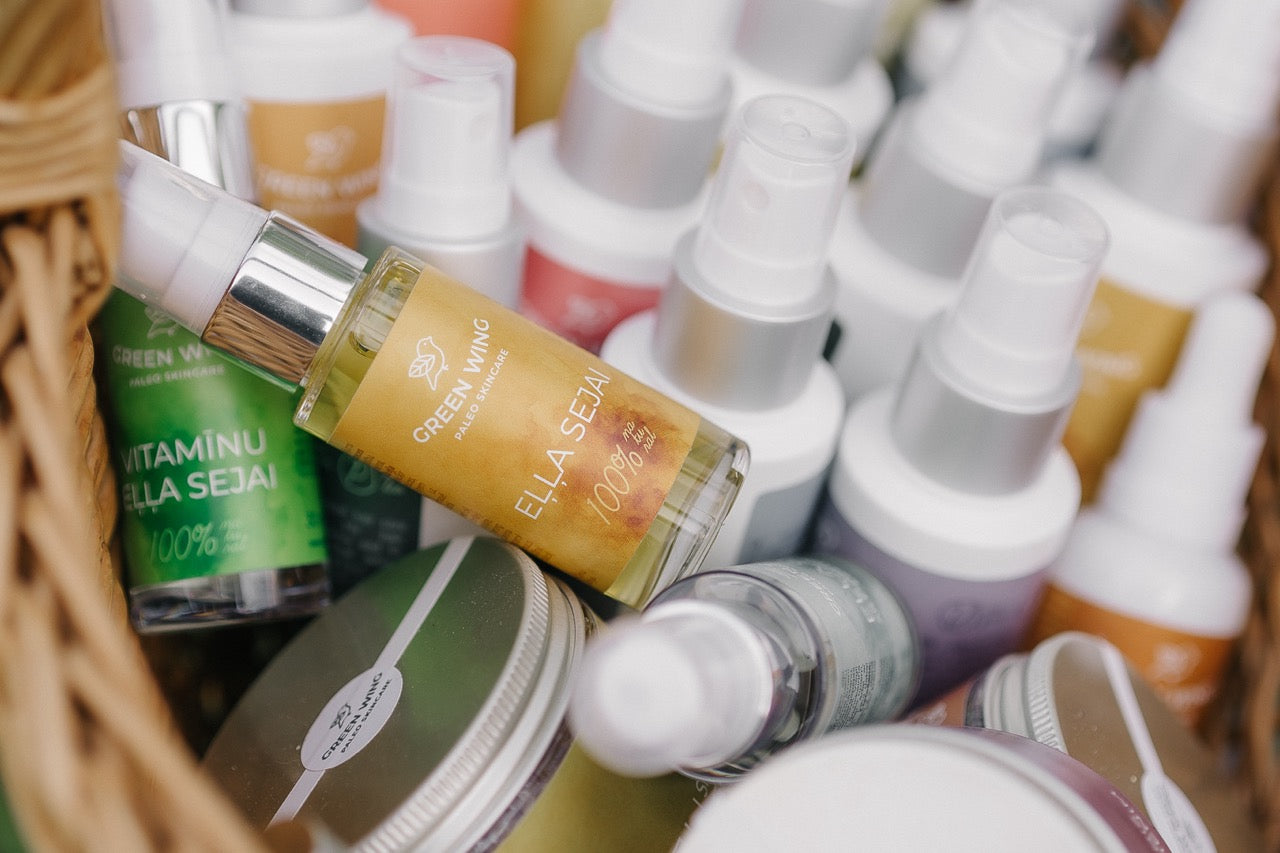









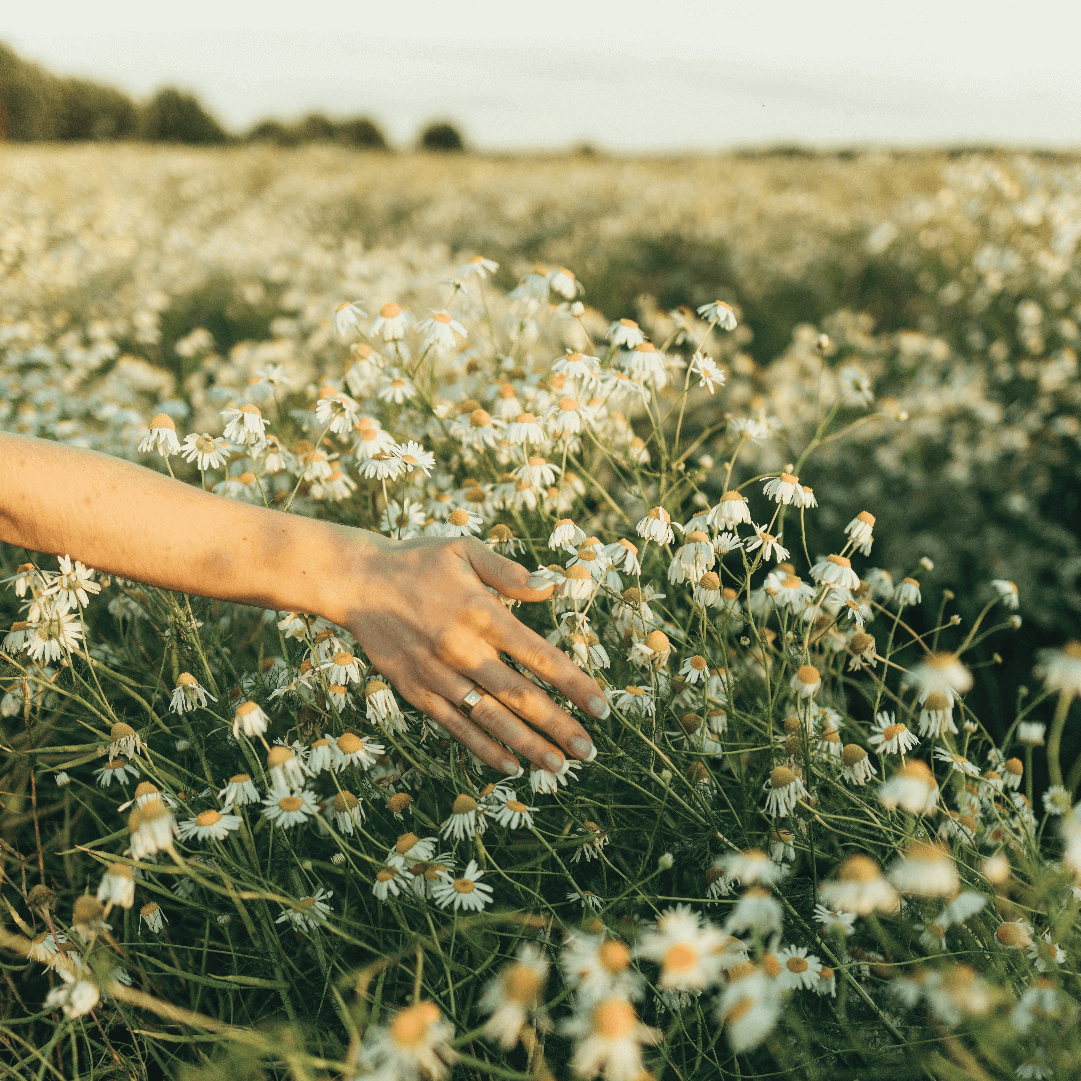
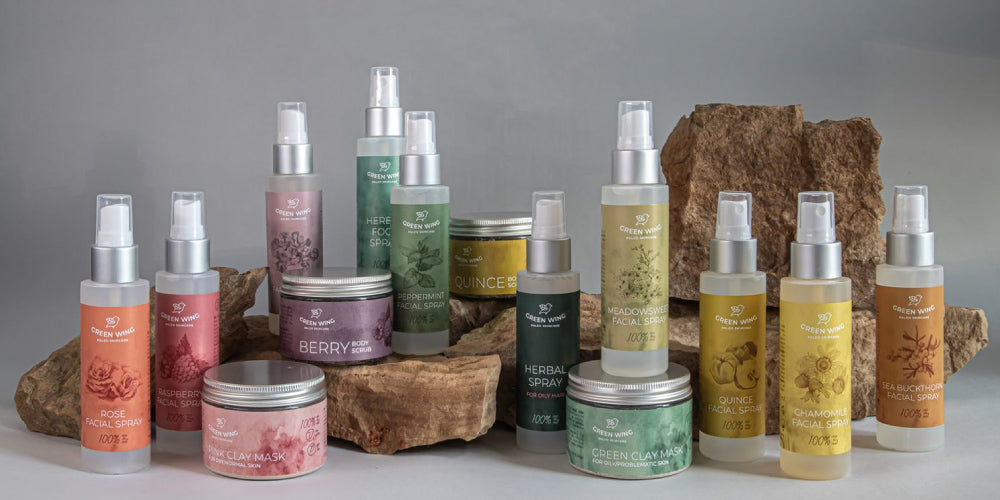
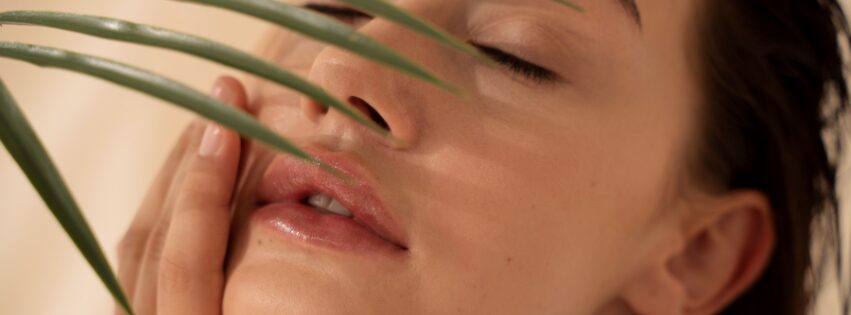
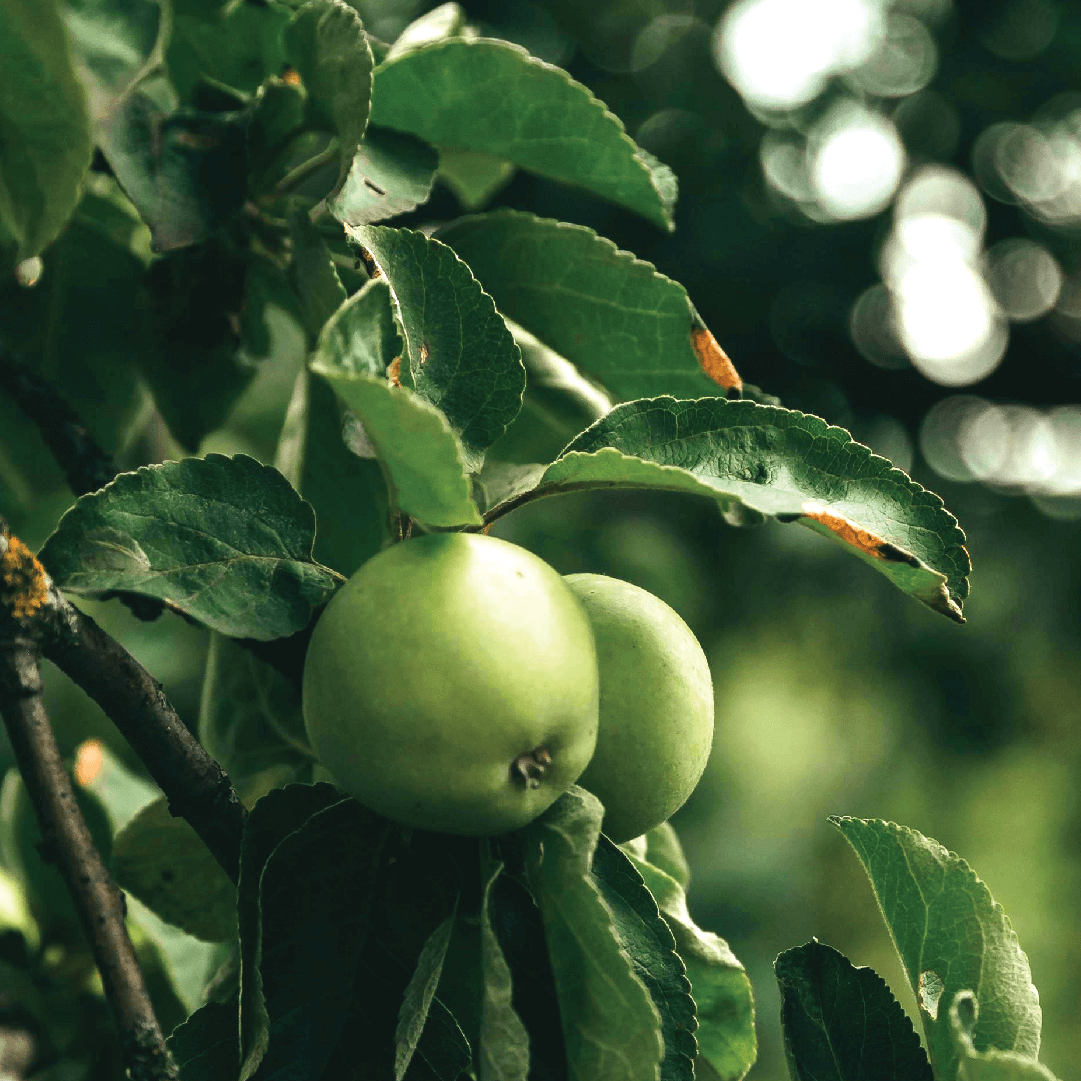

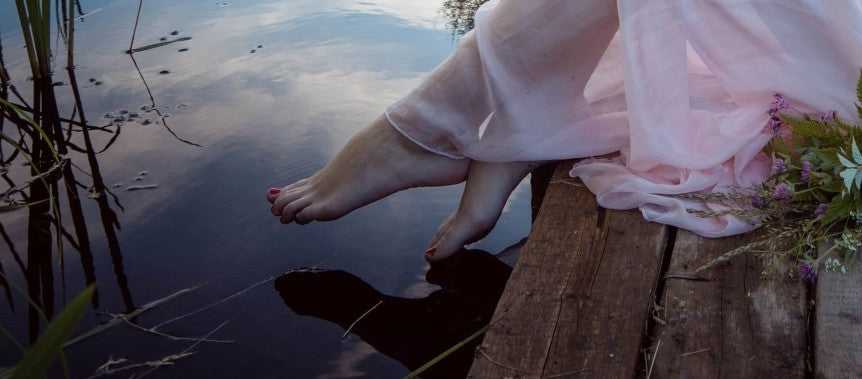
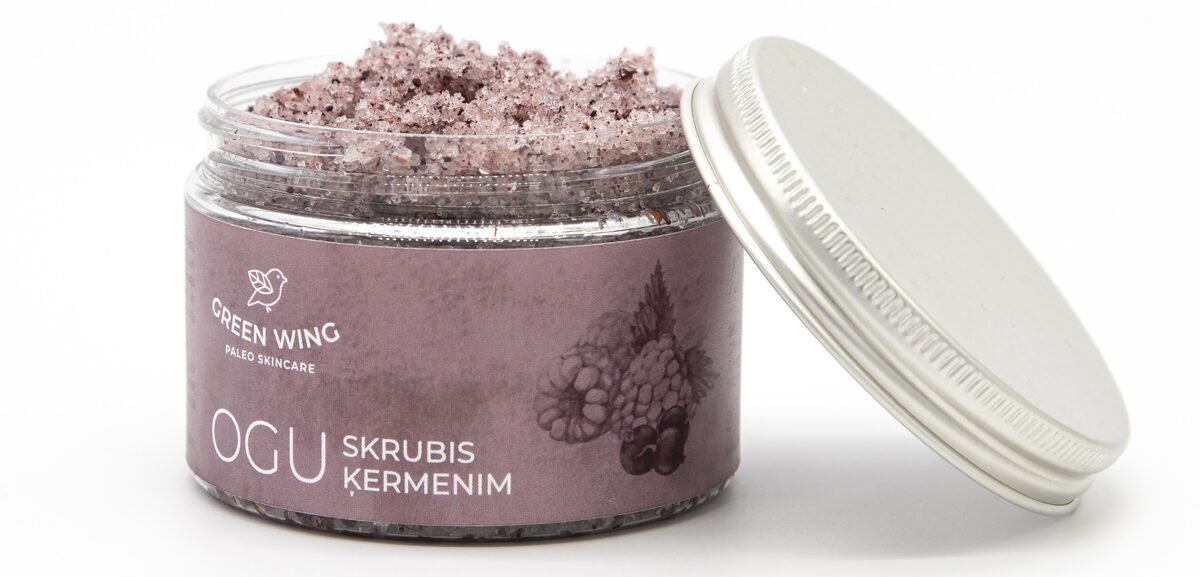
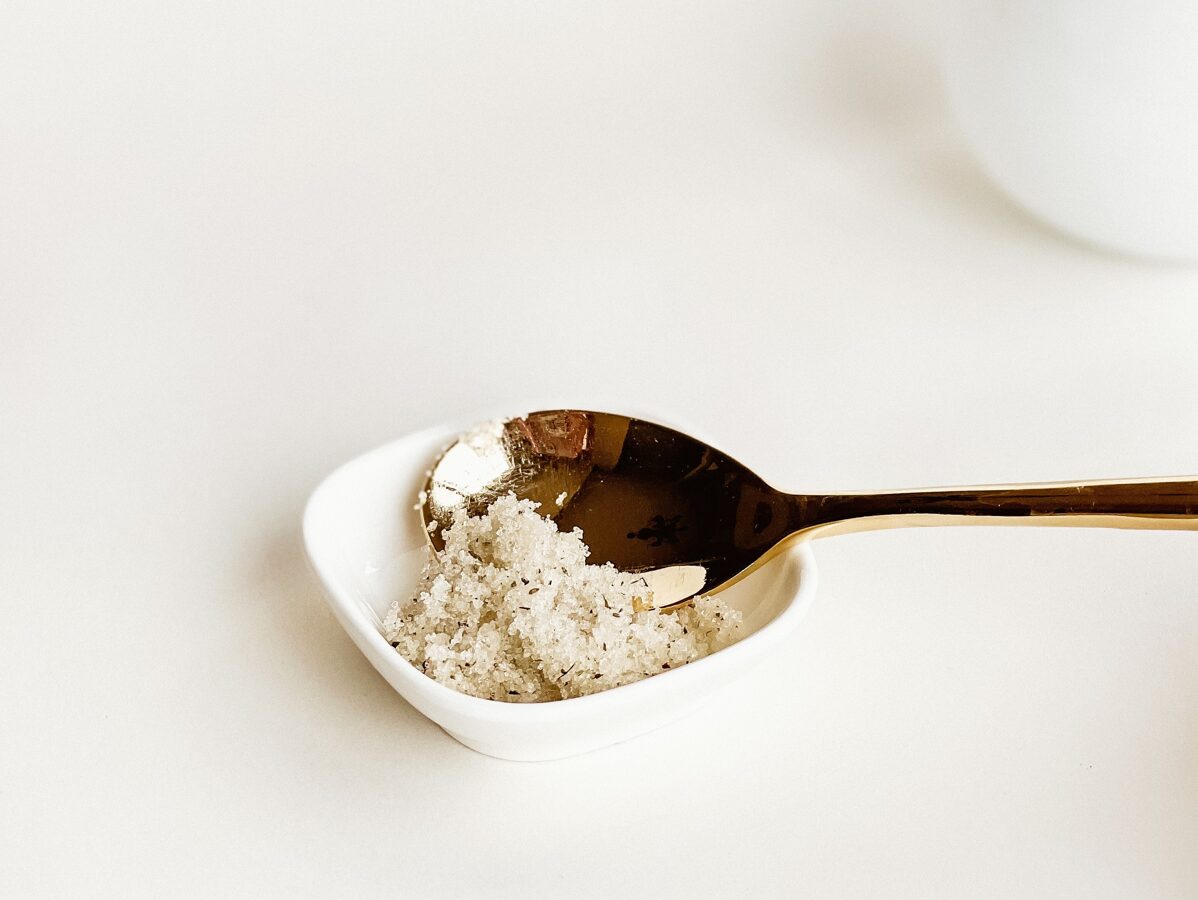
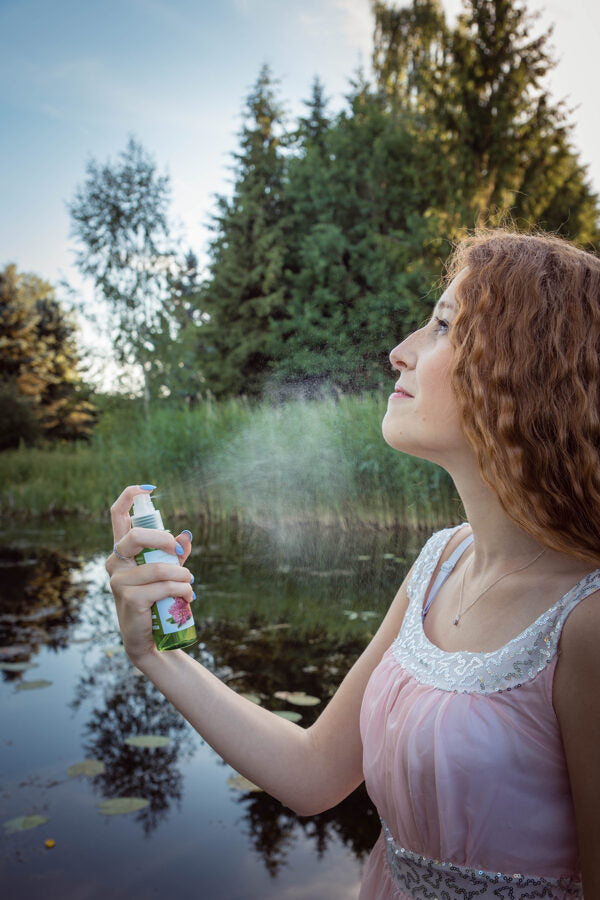


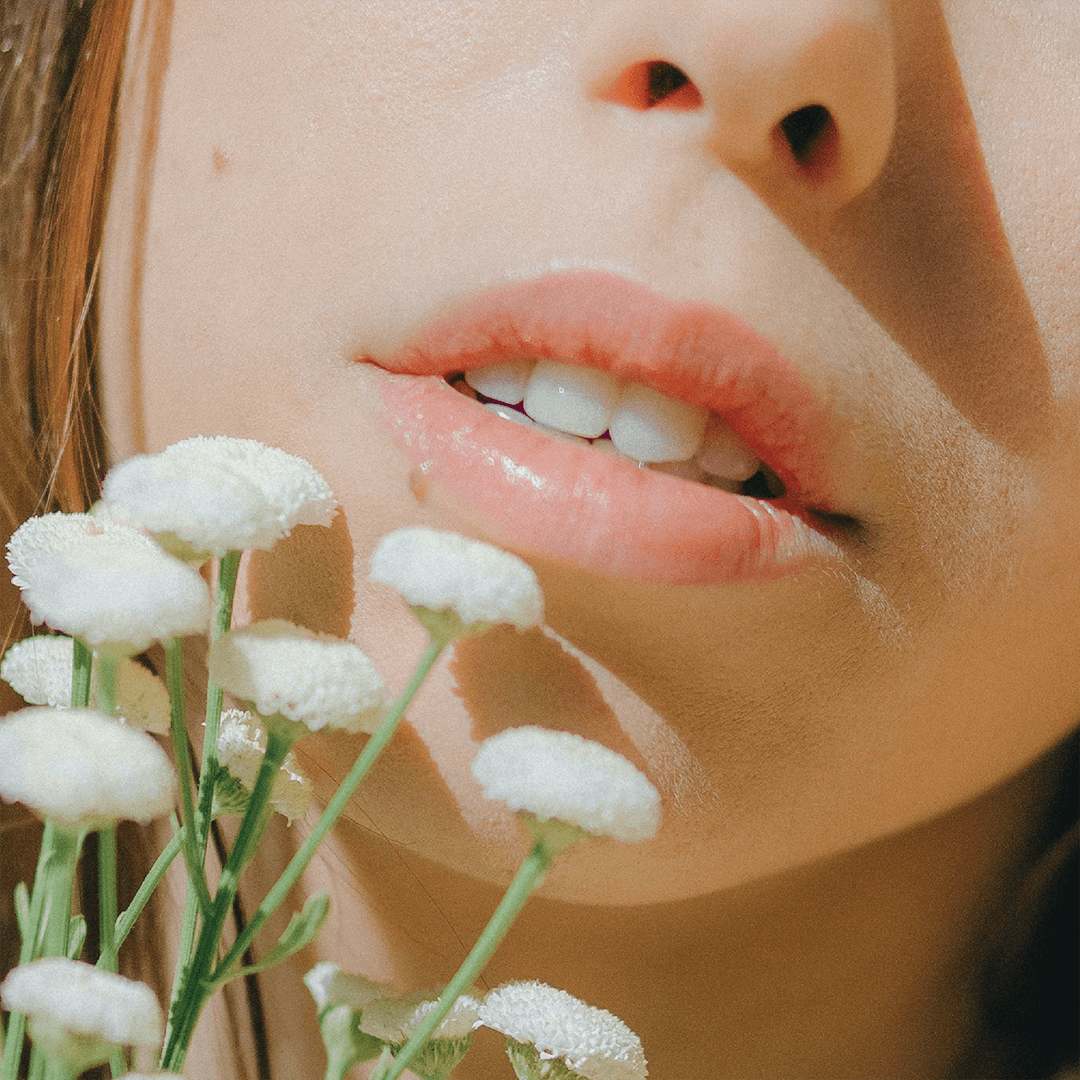
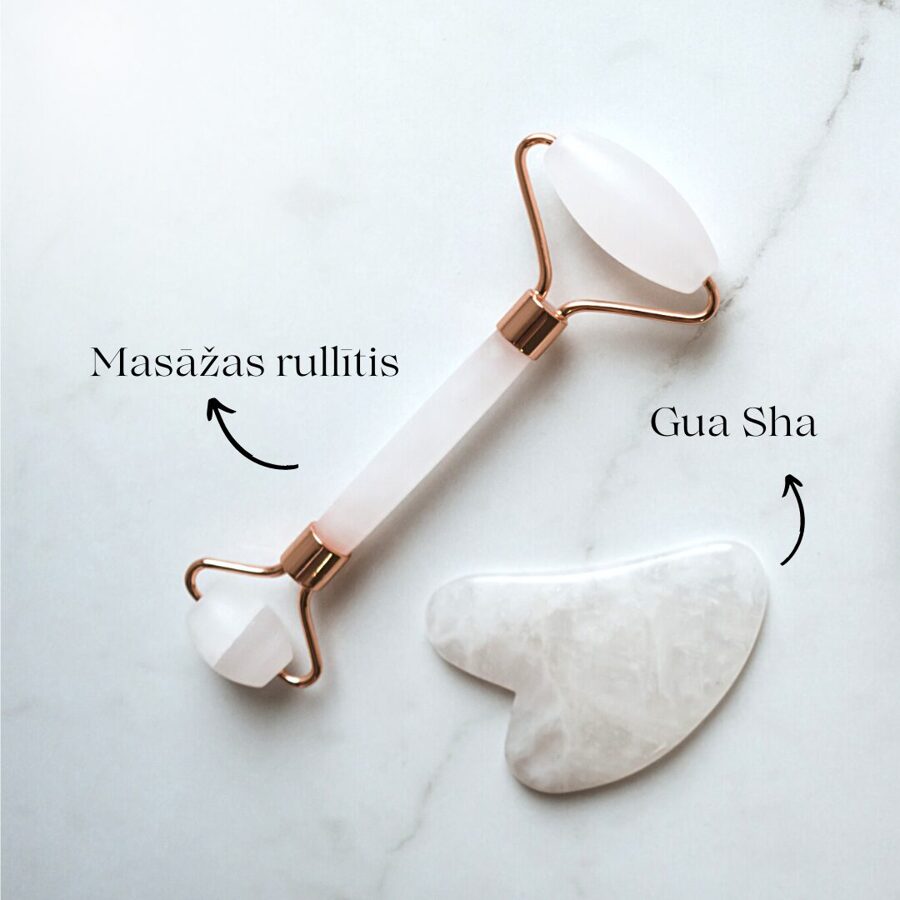
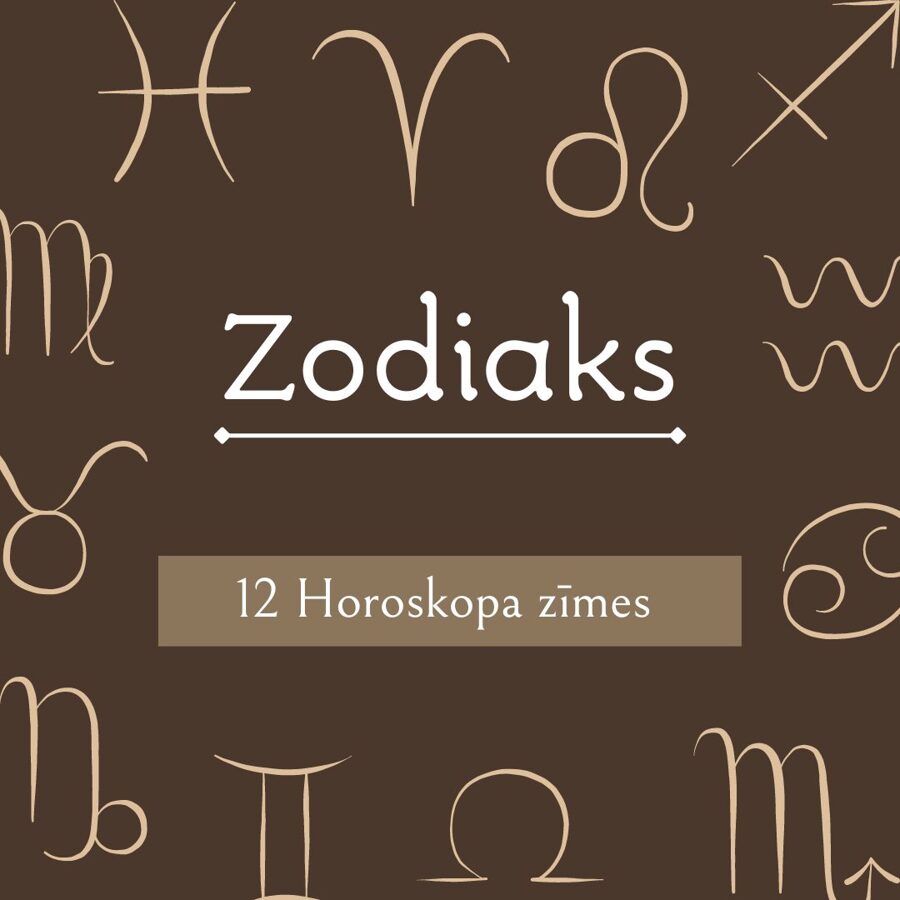
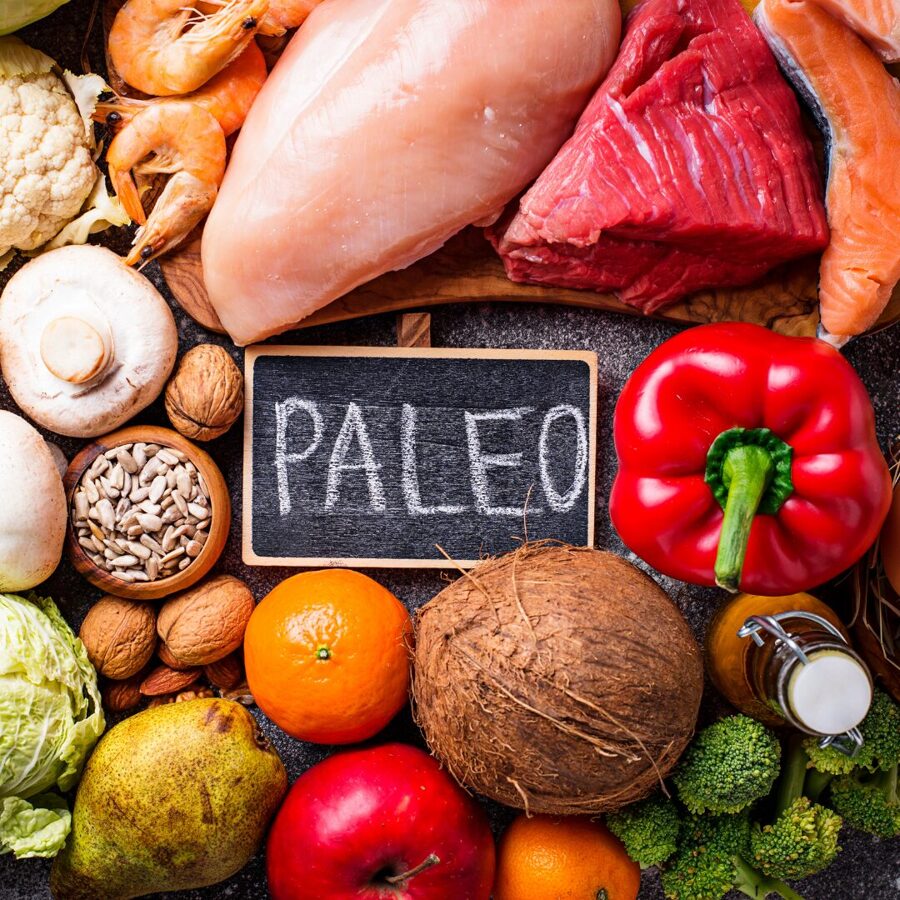
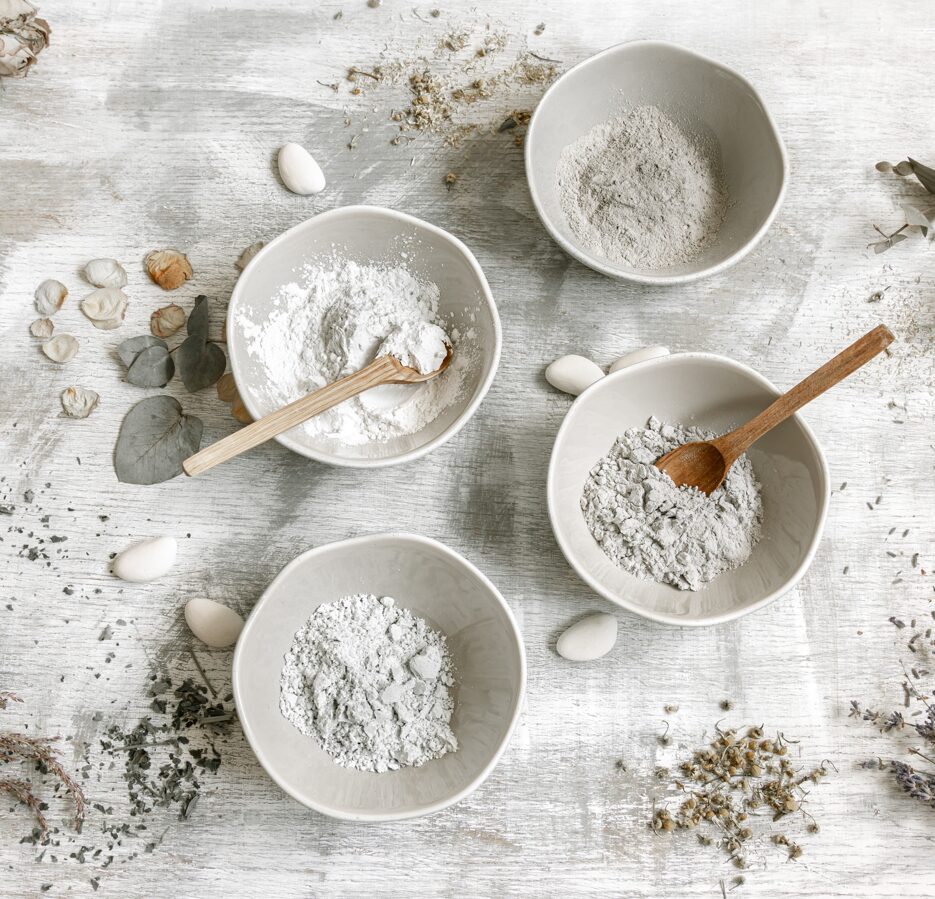
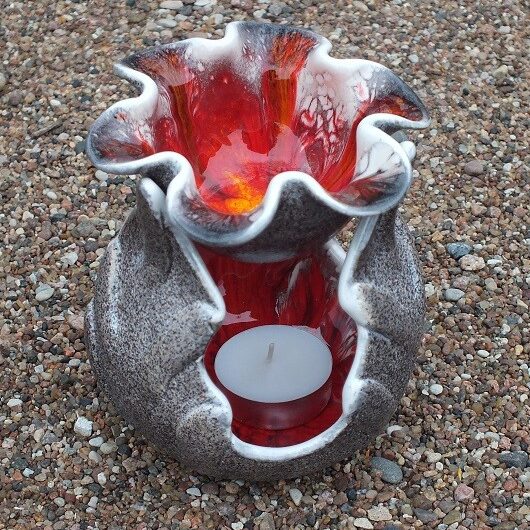

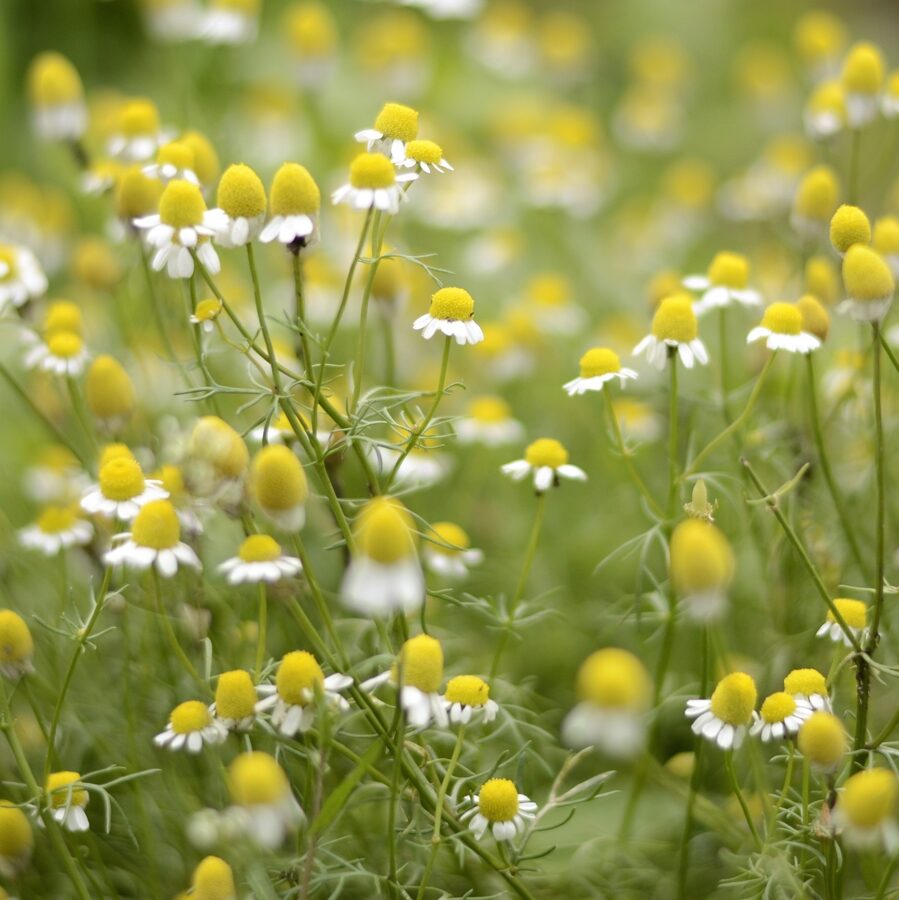
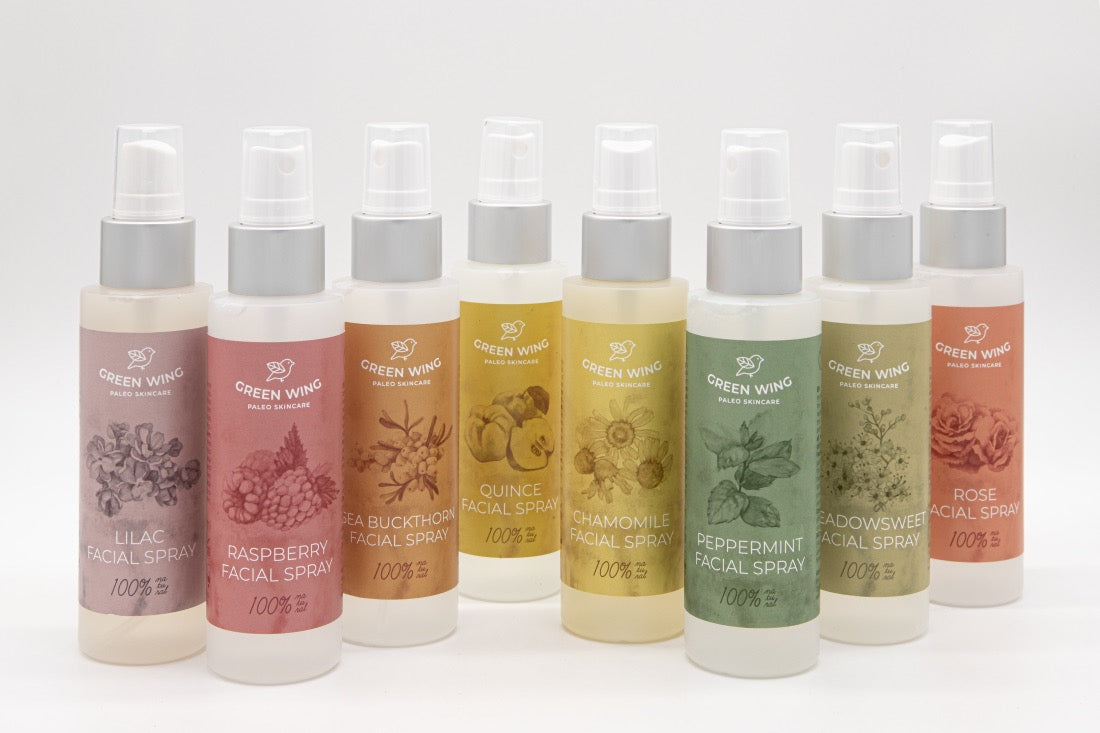
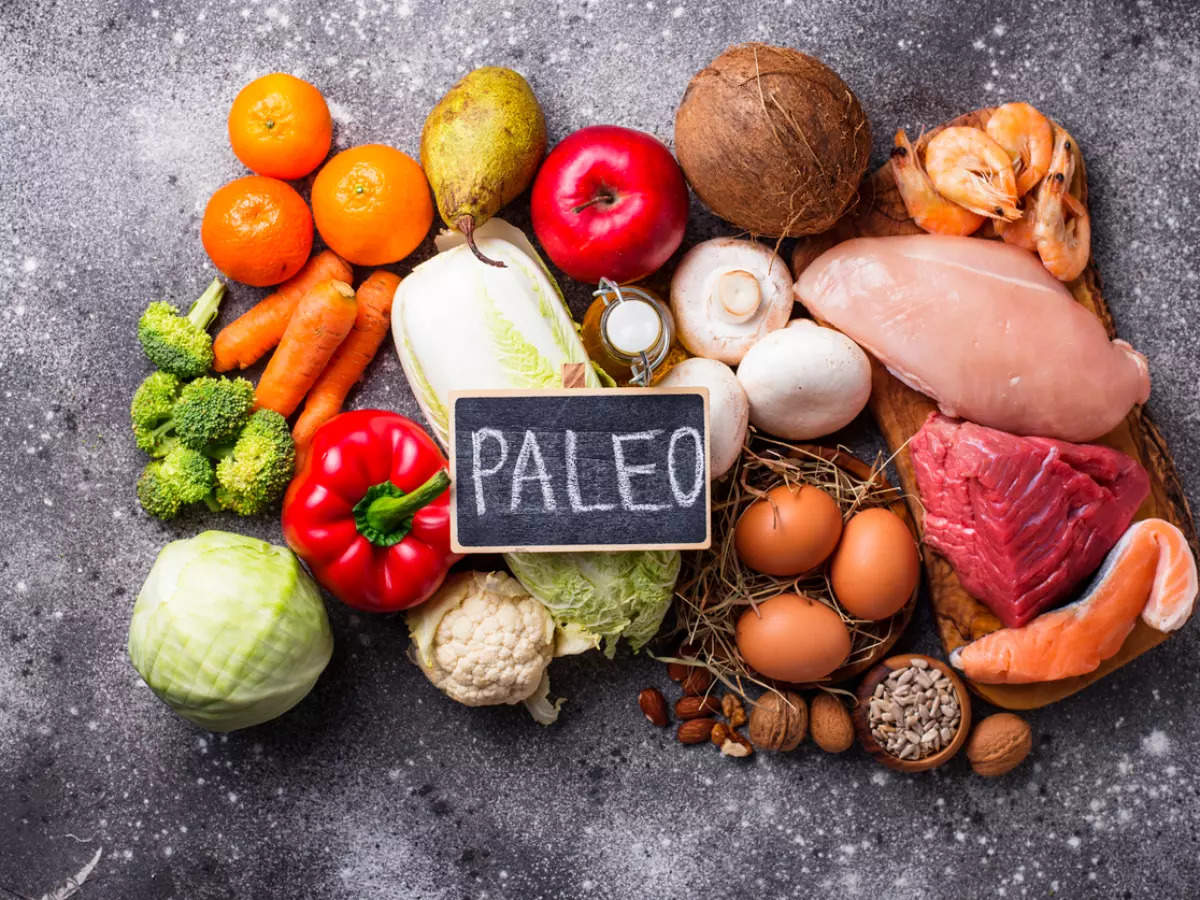
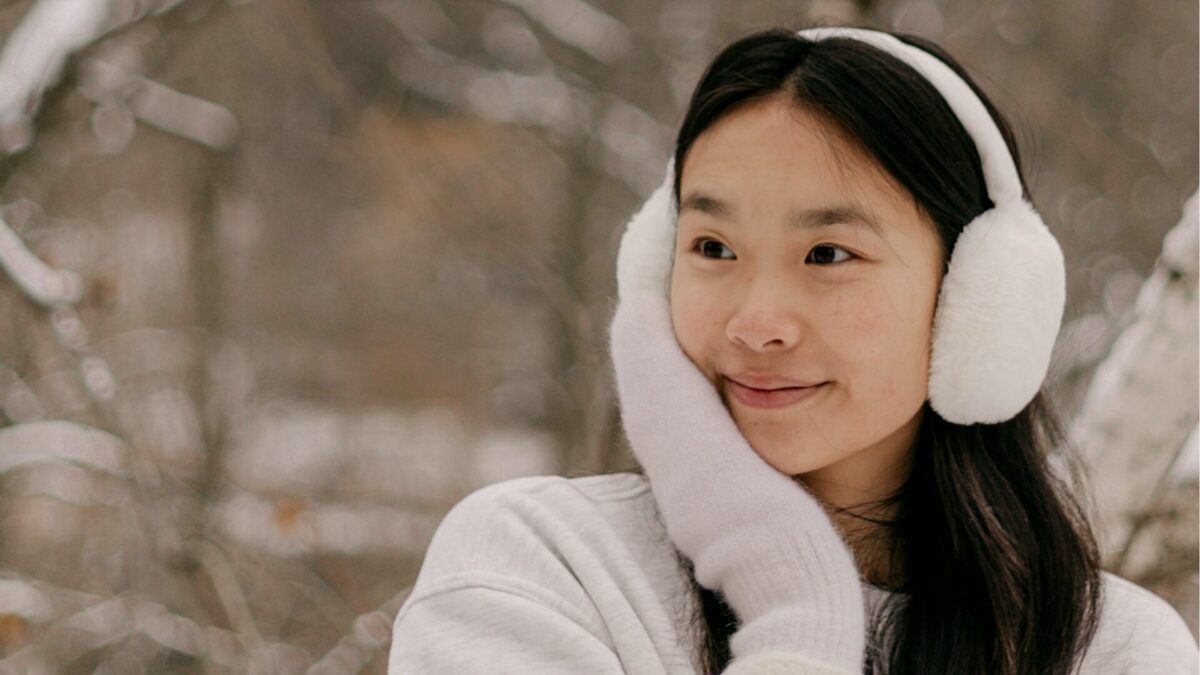
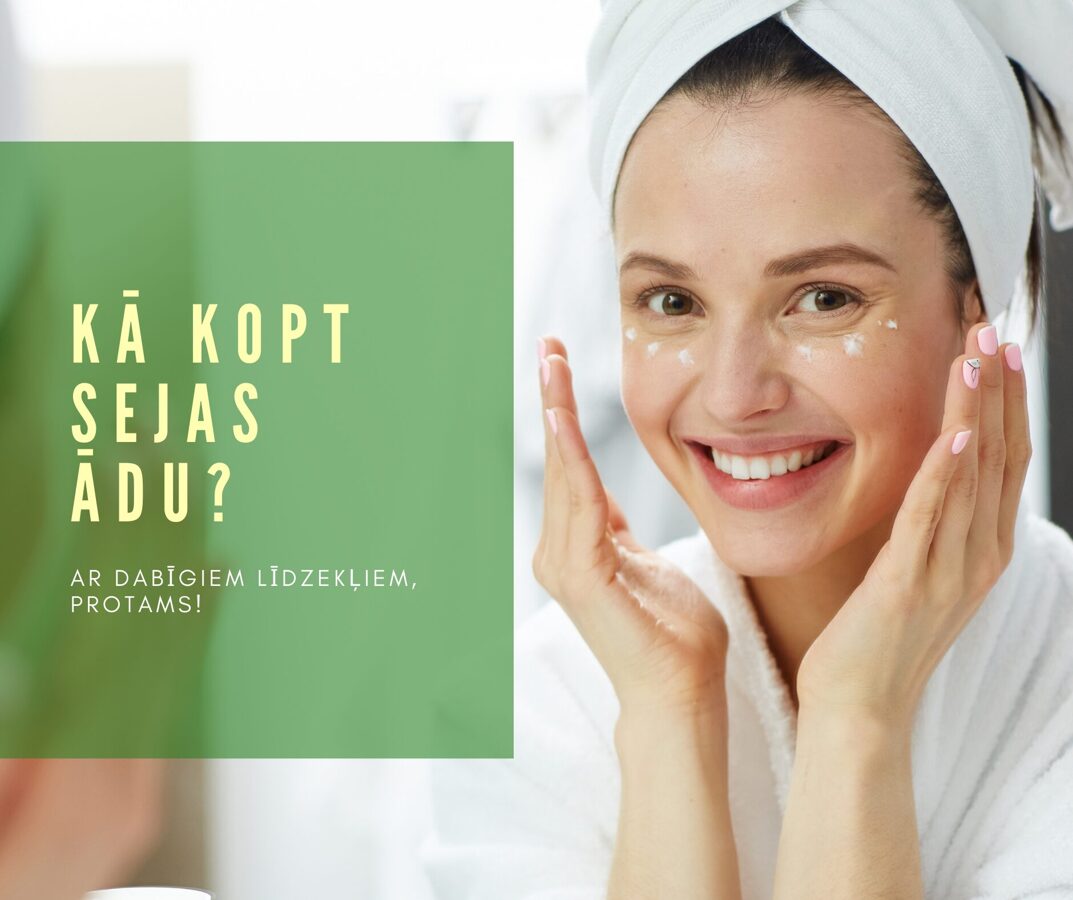
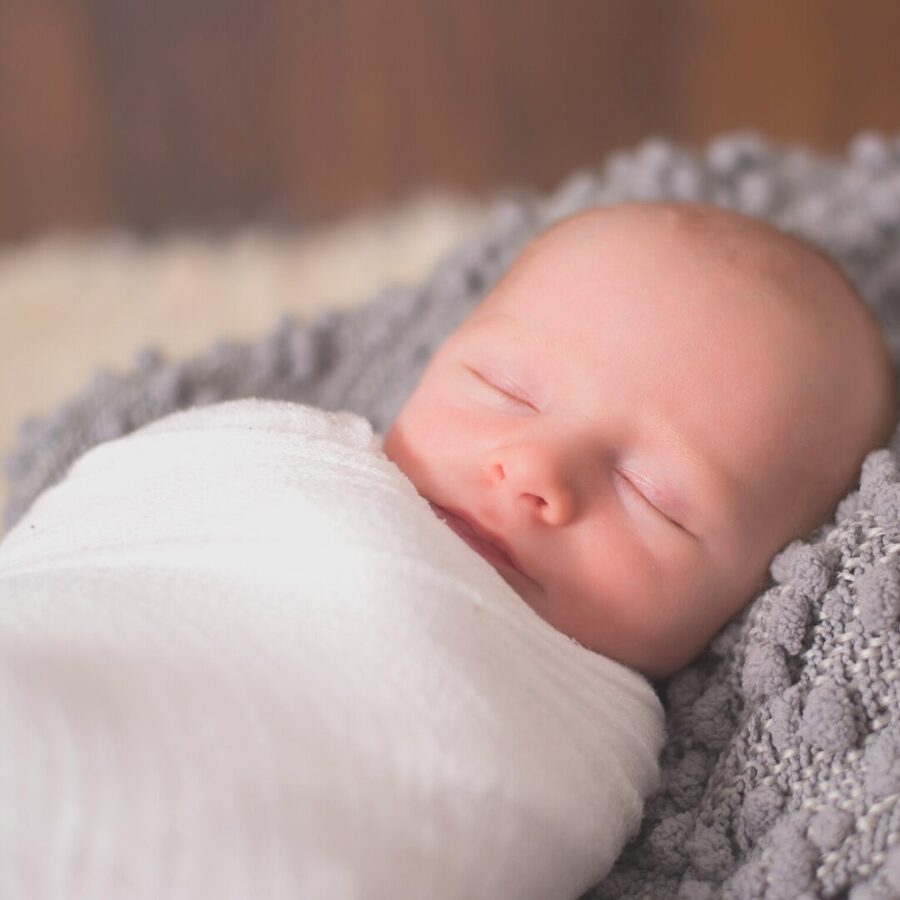

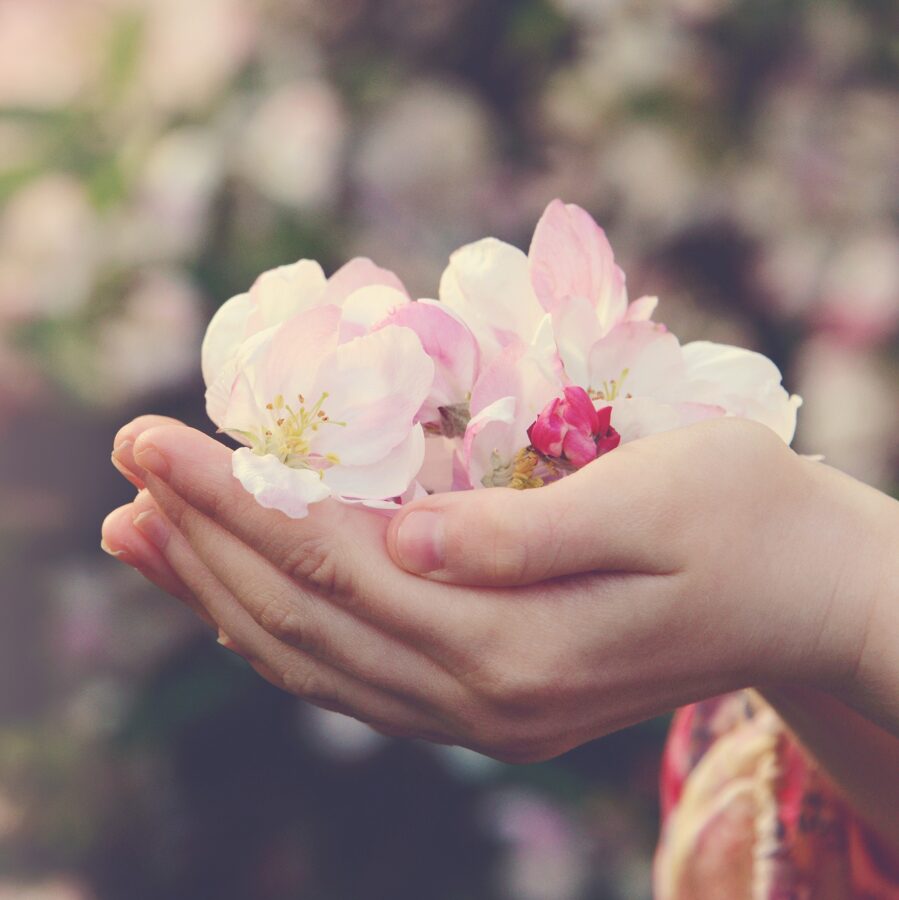
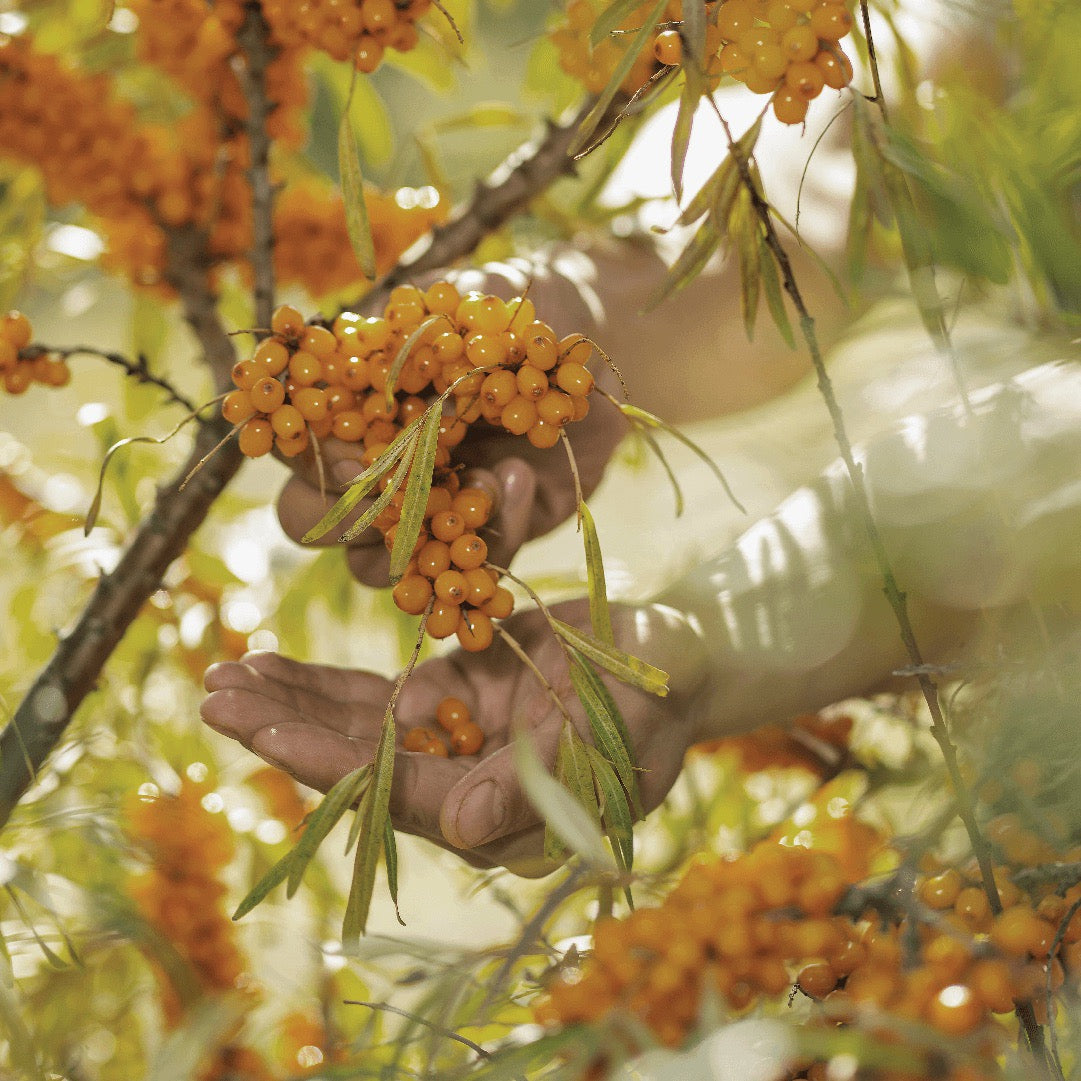

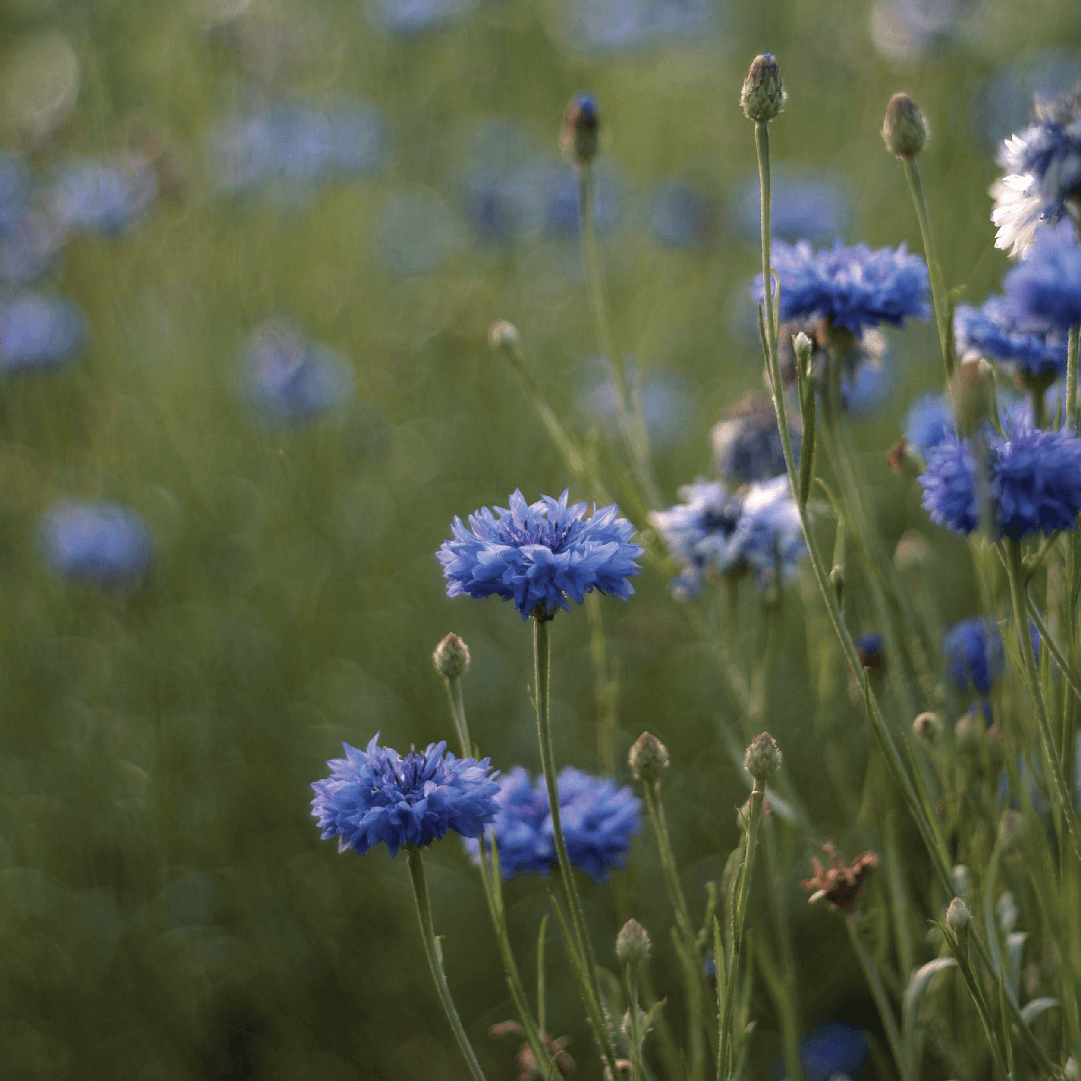
Comments
1 comment
Liels paldies par lielisko produktu- piparmētru ziedūdeni un negaidītām dāvanām!